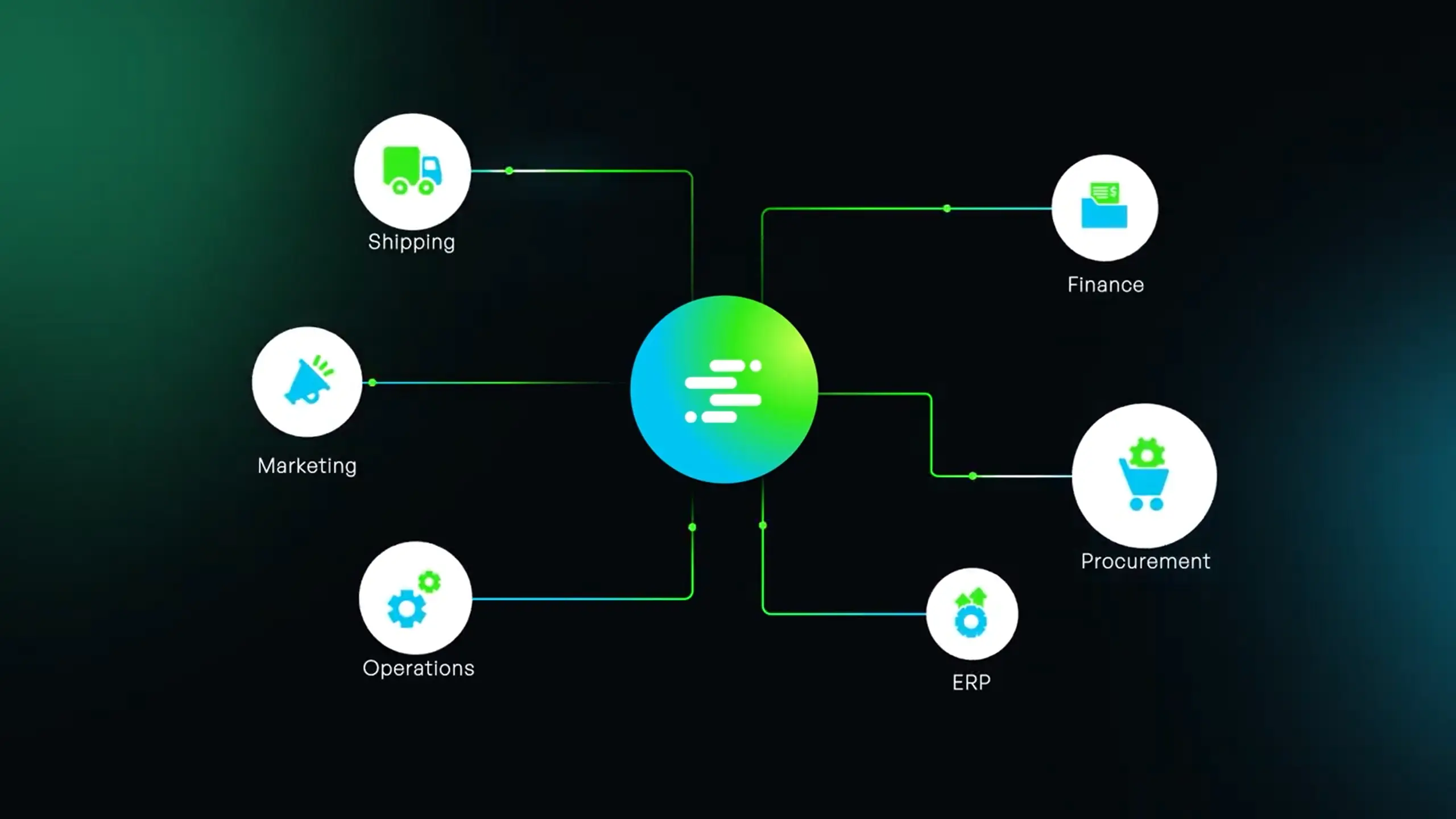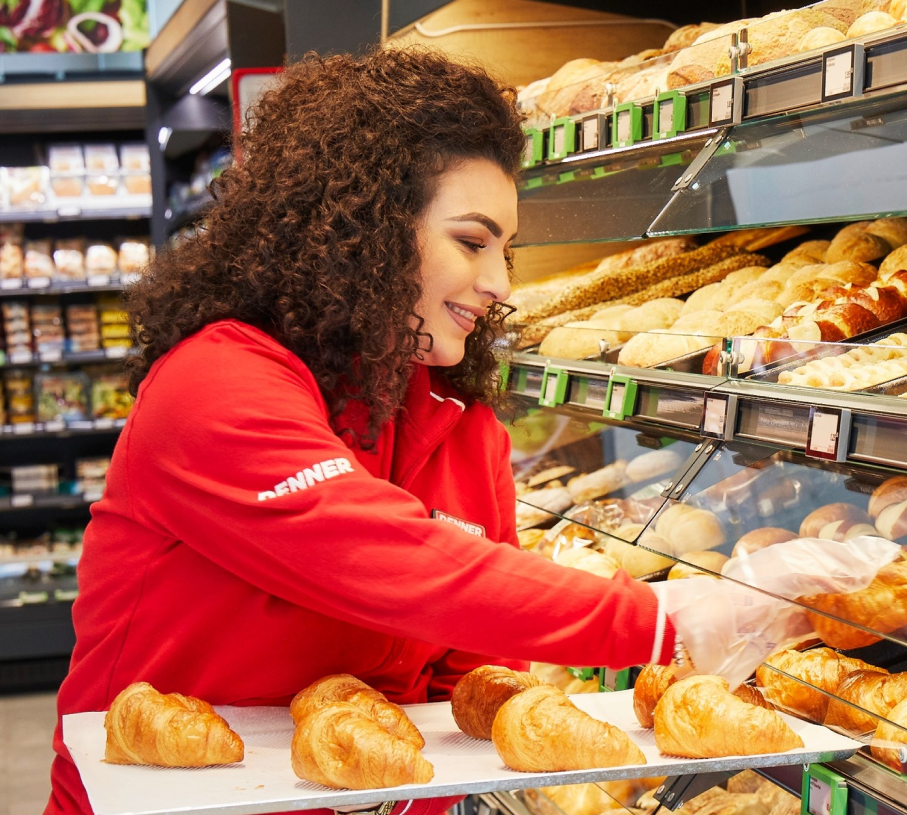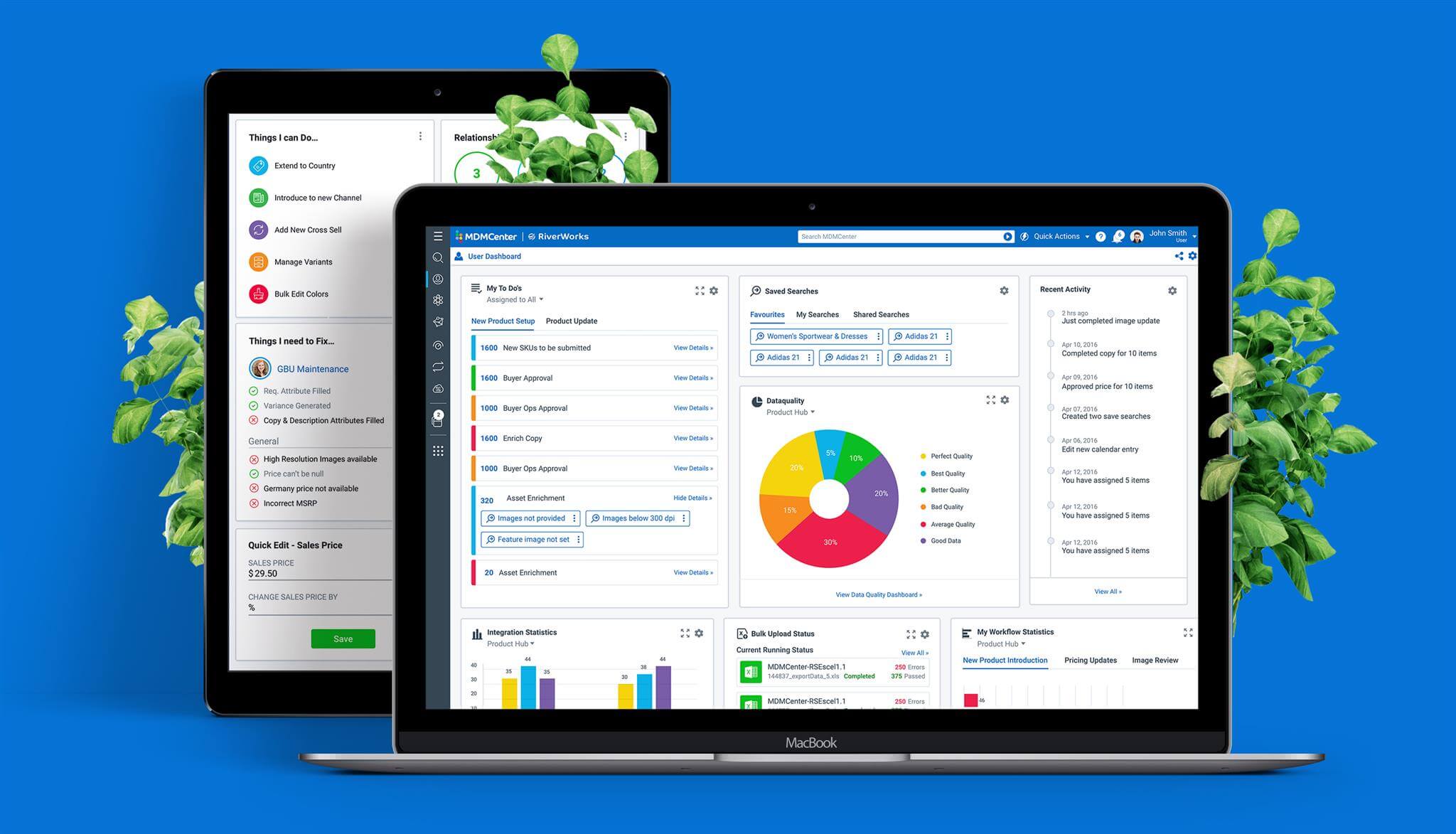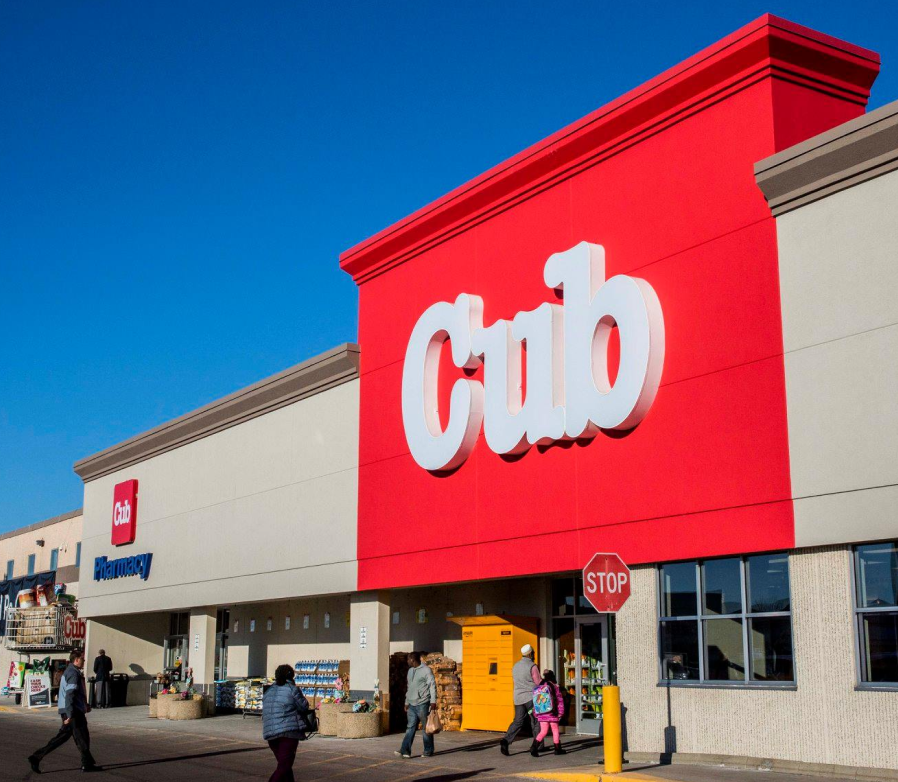When it comes to optimizing product page performance, sales numbers and marketing ROI don’t always tell the complete story. In addition, it is important to gather insights based on data gathered from reliable analytics.
One key metric to calculate incremental lift.
Incremental lift uses A/B testing in order to isolate what specific effect a particular marketing initiative had on your product page performance. This measure is much more valuable than revenue or conversion measures, which can only suggest correlation.
By using incremental lift, you can also calculate incremental revenue, which tells you exactly how much additional revenue is attributable because of incremental lift. It provides clear evidence and attribution of the returns for your business from your marketing investment.
Syndigo’s Analytics reporting can provide many clear insights including incremental lift, to help you better understand what your customers want and how you can reach them more effectively. This is product page optimization made simple.
The current state of eCommerce analytics
Brands live in a sea of reporting that provides many different measures to help understand where to deploy time and budget. Good brands are always on the lookout for better data that can give them an edge on their competitors, but determining whose data is reliable, is a challenge. Here are a few metrics that are often used.
Return on Investment
Return on Investment (ROI) is a common metric that is favored for its ease of use. It’s calculated using just two numbers: revenue and cost. Take how much you made and divide it by how much it cost (your investment) to generate that revenue. That is your ROI.
This simple calculation is good for analyzing top-line performance across items. However, this calculation lacks the specificity to tell you what part of your investments actually drove sales on the page. For example, was it adding a promotion video on the page, or an interactive image with hot spots? With ROI you can begin to see correlation, but not causation. You may find that your ROI when you add instructional videos to your product detail pages is 4:1, but how much of that revenue is attributable to the video itself?
In order to determine if a new product page layout increases revenue for the product, you need to be able to isolate all factors within the purchase funnel. Things like seasonality, paid impressions, and external campaigns also contribute to influencing ROI.
Conversion Rate
Conversion rate is another popular analytical measure for eCommerce. This metric focuses specifically on product page performance. Conversion rate is a measure of the percentage of product page visitors who performed a desired action.
In eCommerce, a commonly measured conversion rate is the add-to-cart rate. The goal of eCommerce retailers is to get shoppers to add products to their cart, ultimately making a purchase. When it comes to product page optimization, it makes sense to focus on the add-to-cart percentage as a conversion rate.
However, add-to-cart rate has a similar issue to return on investment: how do you isolate the marketing activities that are influencing it? Your analytics dashboard may tell you that add-to-cart rate on a particular product as grown from 8% to 10% month to month, but not what caused it.
That’s because conversion rate only analyzes the final action: whether users added it to the cart or not. It doesn’t look at what motivated users to add to cart. It does not ask questions to figure out whether that user would have made a purchase in the absence of your marketing initiative (or, if you substituted a different initiative).
Product page optimization is more effective when your data is more granular. Different consumers are motivated by different types of content. And if your reporting dashboard only tells you the add-to-cart rate over time and doesn’t allow you to A/B test why that rate is changing, it’s not telling you much.
Sales Numbers
Sales numbers also don’t make a complete connection between marketing content and revenue. More important, they don’t provide a roadmap for how to improve your sales funnel because they don’t tell you who is buying your products and why (hint: Incremental lift does!).
So, why does incremental lift work better?
Simply put, incremental lift is an effective measure due to holdout tests. Holdout testing (also known as A/B testing) presents a specific marketing variable to a test group (A, for example), and compares the sales conversion rate between the test group and the control group (B), who did not receive the targeted marketing initiative.
The formula for calculating incremental lift is:
Incremental lift = (Test Group Conversion Rate – Control Group Conversion Rate) / Control Group Conversion Rate
Why is incremental lift more valuable than other metrics?
Imagine this scenario: You want to add a new product video to your digital camera product detail page. You have two cuts of the video: one is 30 seconds and the other is 60 seconds. Which one will generate more conversions?
In the first month of the product page, you use the 30-second video and run an A/B test on its effectiveness. You learn that the incremental lift of the 30-second video is 15%. In the second month, you run the 60-second video and conduct another holdout test, finding an incremental lift of 12%. After both tests you can conclude the 30-second video is more effective because it has a higher incremental lift.
Incremental lift is the best metric for product page optimization, because it incorporates A/B testing to isolate the variables that truly impact shopper conversion.
















 Don't miss out! Subscribe to our blog for updates.
Don't miss out! Subscribe to our blog for updates.